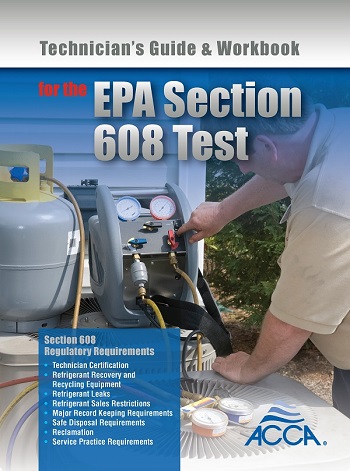The Case for Air Admittance Valves (AAVs)
Air Admittance Valves (AAVs) provide a sound alternative method to venting plumbing systems. First developed in Europe in the 1970s, AAVs introduced the idea of trap seal protection without the need for multiple vents through the roof. Introduced into the U.S. market in the mid 1990s, AAVs continue to grow and have eliminated the need for secondary venting. The American Society of Sanitary Engineering has developed regulatory standards relating to Air Admittance Valves performance. Model-plumbing codes have incorporated these ASSE standards allowing the use of AAVs. Air admittance valves are looked at as a way to improve plumbing systems by minimizing roof penetrations, reducing labor while increasing plumber flexibility.

Installing an air admittance valve.
AAVs vs. Traditional DWV
Air admittance valves open and close in conjunction with normal DWV system operation, effectively eliminating the need for secondary vent pipes. Providing the ideal venting solution for island sinks, remote bathroom groups and remodeling, AAVs eliminate the need to tie into a stack vent. AAVs are often more economical than running vent pipe in new construction because they reduce added need for supplies and labor.
There are three important factors to consider when using air admittance valves:
- drain fixture unit capabilities
- performance
- sealing technology
Drainage Fixture Units
What are Drainage Fixture Units? Drainage Fixture Unit (DFU) loads are assigned to plumbing fixtures and are dependent on the volume rate of discharge, the duration of operation and the time between operations. An air admittance valve's ability to breathe is measured in DFUs. The higher the DFU rating associated with an AAV, the greater the amount of air that can enter the DWV system. Common fixture load ratings are shown in the accompanying table.
[INSERT TABLE HERE] To ensure proper breathing capability, determine all fixtures to be vented and calculate the total DFU load, then select the appropriate AAV for the application.
Example: In a house with a laundry room and bathroom sharing a common wall, the DFU load would total nine. Five DFUs for the bathroom group, three for the washing machine and one for the laundry tub. This example needs an AAV of at least nine DFUs. It is acceptable to oversize an AAV; however, an undersized AAV will not allow the plumbing system to breathe properly.
Performance
Why is an AAVs ability to open so important? Think of this simplified example: water in an inverted bottle without an air hole will glug and gasp when emptied. Adding an opening to the bottom of the bottle will turn the process into an efficient, steady flow because the bottle "breathes."
Per ASSE standards, AAVs are required to open at 0.3 inches of negative water pressure. When a negative pressure is created by a plumbing fixture (e.g. water facet, toilet flush, etc.) the AAV will open, air will flow from the room, through the AAV and into the DWV system allowing the fixture to drain. Once the pressure is equalized, the AAV returns to the closed position. An AAVs ability to open at required pressure and close under zero pressure is critical. If an AAV is not able to open at the necessary pressure, a plumbing system will not breathe properly; the result will be similar to the inverted bottle or trap siphoning will occur, leading to possible exposure to sewer gases.
Sealing
Why is an AAVs ability to seal so important? If an AAV does not seal properly, an open path for sewer gases to enter the structure is created, causing potential harm and inconvenience to residents. This results in call-backs to the contractor, while bringing into question the creditability of air admittance valves.
Current AAVs on the market today use a variety of sealing methods. It is important to clearly understand each available sealing method and make your selection based on that knowledge. An AAV's sealing technology must be robust enough to seal at 30 inches positive of water pressure, remain sealed at 0 inches of water, and sensitive enough to open between 0 and 0.30 inches of negative water pressure.
Making sure that an AAV meets your DFU need, performance standards, and offers reliable sealing, guarantees a worry-free AAV experience. To determine if an AAV meets these three criteria, be sure that the AAV is listed by the following code bodies: ASSE, NES, IAPMO, and certified by NSF, a nationally recognized independent testing laboratory. AAVs lend flexibility, time and money savings to plumbing contractors.
Greg Lawrence and Mike Minnick are brand managers with the Oatey Company.
"This article was originally posted on ww.reevesjournal.com."
Looking for a reprint of this article?
From high-res PDFs to custom plaques, order your copy today!




.jpg?height=200&t=1642011118&width=200)


